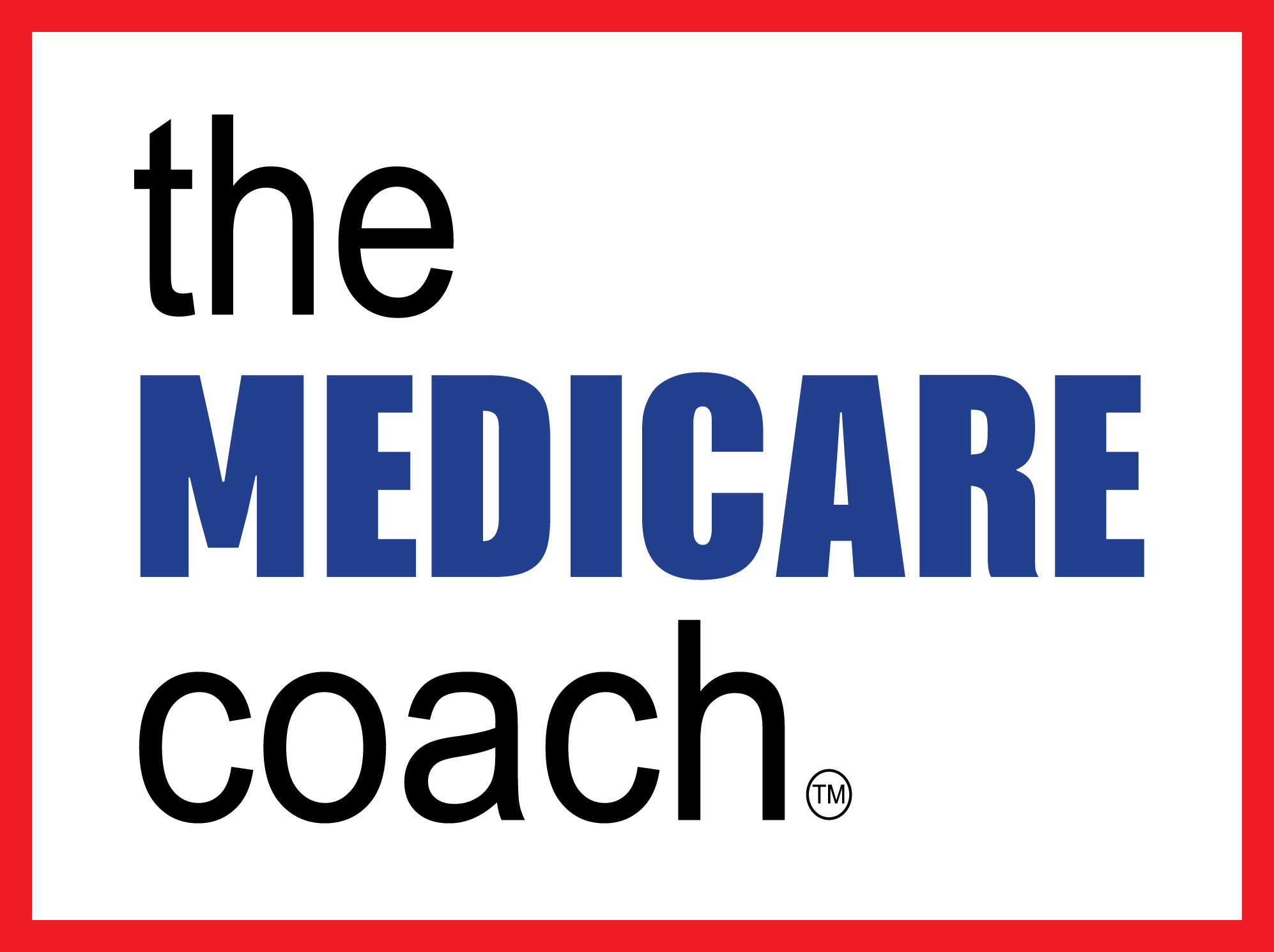The eight hundred fifty page 2003 Medicare Modernization bill proposed by former speaker of the U.S. House of Representatives Dennis Hastert was voted on at 3:00 A.M. during the morning of November 25, 2003 within 24 hours from the time members of the House read its contents.
Hastert violated House rules to close the vote within 15 minutes after the voting began and kept the vote open almost three hours longer to allow members to work the floor with heavy arm twisting to get enough votes for its passage.
It was signed into law by former President George W. Bush on December 8th of the same year with a House vote of 220-215, and 54-44 in the Senate.
Passage of this bill to provide Medicare beneficiaries with newly acquired Part D prescription drug benefits was filled with controversy from the start because it was written to benefit the interests of the pharmaceutical and insurance industry and not the taxpayers who will pay the estimated unfunded liability of $400 to $585 billion dollar tab over ten years.
Bipartisan support for the bill was tarnished when members of Congress led by W.J. “Billy” Tauzin, a flip flopping politician from Louisiana who was once a Democrat later turned Republican, refused to allow the federal government to use its purchasing power to negotiate lower drug prices or import cheaper drugs from Canada.
One year later, Tauzin along with 24 other members of Congress became lobbyists for the pharmaceutical industry. The New York Times editorial dated December 17, 2004 reported Tauzin became the chief lobbyist for the Pharmaceutical Research and Manufactures of America (PhRMA) trade association with a “rumored salary of $2 million dollars per year.”
Tauzin was paid $11.6 million in 2010, the year he brokered a deal with President Barack Obama that helped pass the Affordable Care Act law. But that’s another story in itself.
The pharmaceutical lobby, who wrote the 2003 Medicare Modernization Act bill, received a nice return on their investment of $100 million in campaign contributions directed to members of Congress and landed a net tax payer reward of $139 billion dollars as reported by the Center for Public Integrity.
That’s not all. Prior to the passage of the Part D prescription bill of 2003, low income members eligible for both Medicare and Medicaid called “dual eligibles” paid little or no co-pays while the states were able to negotiate discounts and lower prices on the cost of their drugs.
It all changed with Part D. Now “dual eligibles” were lumped in with Part D of Medicare which led to a windfall for the drug manufacturers. During 2006 and 2007 Medicare Part D insurers paid more than $3.7 billion to purchase the top 100 drugs for the six million dual eligible beneficiaries than they would have paid had they had access to the lower Medicaid drug prices.
It gets worse. According to a July 2008 U.S. House of Representatives committee on oversight and government reform report, “Eliminating the drug manufacturer windfall would save federal tax payers $86 billion over the next ten years if the Medicare D insurers paid Medicaid prices for drugs used by duel eligible beneficiaries and a total of $156 billion if Medicare negotiated directly with drug manufacturers for all Medicare beneficiaries.”
Not much has changed since then. The pharmaceutical industry charges the Part D insurance providers full cost for drugs subsidized by federal dollars, and now we are learning some insurance providers are overcharging Medicare beneficiaries for their prescription co-pay portion.
Recently our age 75 female client on a fixed income was overcharged by $594 (prorated on an annual basis) for four medications including omeperazole, chlorthalidone, hydralazine and losartan.
Losartan is an inexpensive tier 1 generic medication. The maximum cost for the 180 pills she obtained from her preferred provider at Walgreens should have been $6. She was charged $50 by the insurance company.
The Chlorthalidone co-pay should have been $3 but her cost was $69.99. The Omeprazole co-pay should have been $15, but she was charged $65.89.
During the past month my assistant Medicare coach, Danielle Fisher Arsenault has filed numerous client appeals to the Centers for Medicare and Medicaid services for get the insurance company to reimburse our client for these excess charges. Yes, this means they were overcharged and likely wouldn’t have realized they were overcharged without the Medicare Coach.
Supposedly Ben Franklin said, “It profits a man little to see either sausages or his laws being made.” Based on what has happened with Medicare’s drug industry arrangement with Congress, it may profit a Medicare beneficiary to be vigilant about your drug co-pays when you pay for your medications.
My assistant Danielle has been persistent in her efforts to protect the interests of our clients. Always check your Part D prescription summary of benefits or contact us to represent you. There is a window in which you can change your coverage so please send me an email at larry@mymedicarecoach to get our assistance
Coach


